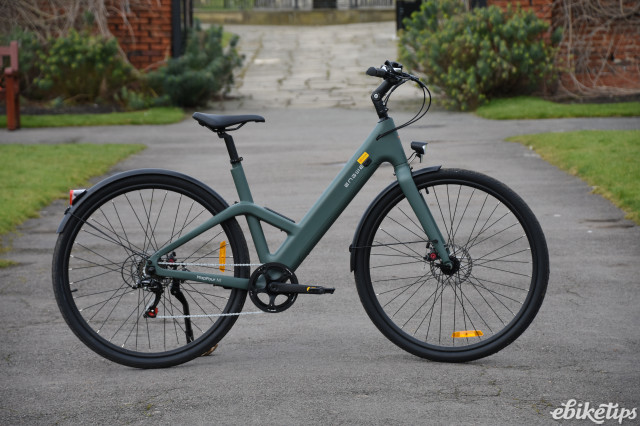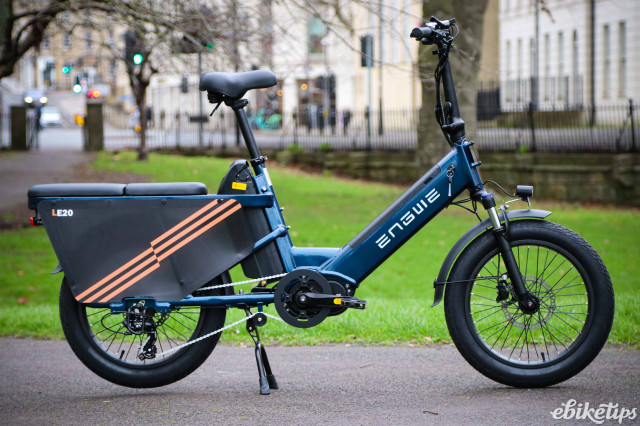Electric cargo bikes deliver faster than vans in urban areas, which is why most major delivery firms have begun using them to at least some degree. Royal Mail is now climbing aboard the e-bandwagon with a six-month trial of two types of micro electric vehicles (MEVs) which will be used for deliveries in five UK towns and cities.
London logistics and pedicab business Pedal Me says its e-cargo bikes work out at least 2mph faster than vans – with even more time saved looking for parking spots.
This (plus the obvious environmental benefits) is one of the main reasons why the likes of FedEx, UPS and Hermes are all trialling the use of smaller electric vehicles instead of vans.
Royal Mail points out that with the UK's largest "feet on the street" network of over 85,000 postmen and women, it can already boast the lowest reported CO2e emissions per parcel amongst major UK delivery companies.
The MEVs are an attempt to bring this down further. They’ll be used in residential areas of Edinburgh, Crewe, Liverpool, Swindon and London instead of larger vans, which are usually shared by two posties.
> Power Switch: Farr Out Deliveries in Edinburgh
Royal Mail CEO Simon Thompson commented: “It’s really exciting to see these micro electric vehicles making their way into our daily deliveries. At Royal Mail we’re committed to keep on reducing our environmental impact and we intend to leave no stone unturned in trialling new technologies and new ways of delivering to help us do that.
“As our fantastic posties make most deliveries on foot, this already means we have the lowest reported CO2e per parcel of major UK delivery companies. From drones to electric vehicles, fuel efficient tyres to bio-CNG trucks, we’ll keep on innovating to reduce our environmental impact even further.”
The two MEVs Royal Mail will be testing are the Paxster Cargo and the Ligier Pulse 4.
The former is the smaller of the two at 2.4m long and just over a metre wide. It has a top speed of 28mph and a range of 88 miles with a charge time of around 9–10 hours.
The Pulse 4 is slightly larger: just over 3m long and 1.8m wide and features a steering wheel instead of the handlebars of the Paxster. Top speed is again 28mph with a range of 74 miles and a charge time of 8-10 hours. Strikingly, it’s also left-hand drive, which is so the driver can exit the vehicle onto the pavement when making deliveries.
The trial will assess both vehicles’ suitability as lower carbon alternatives to current vans.







